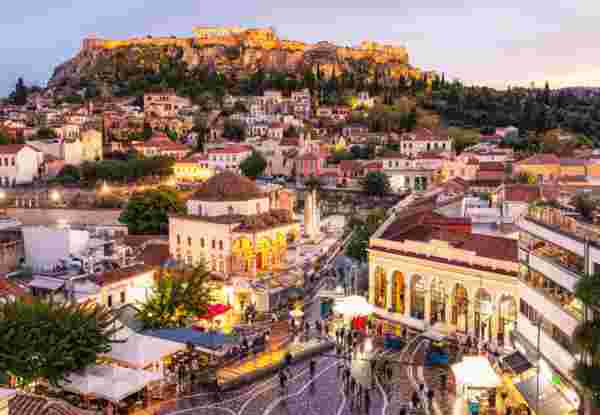Greek Easter on 10 Greek Islands
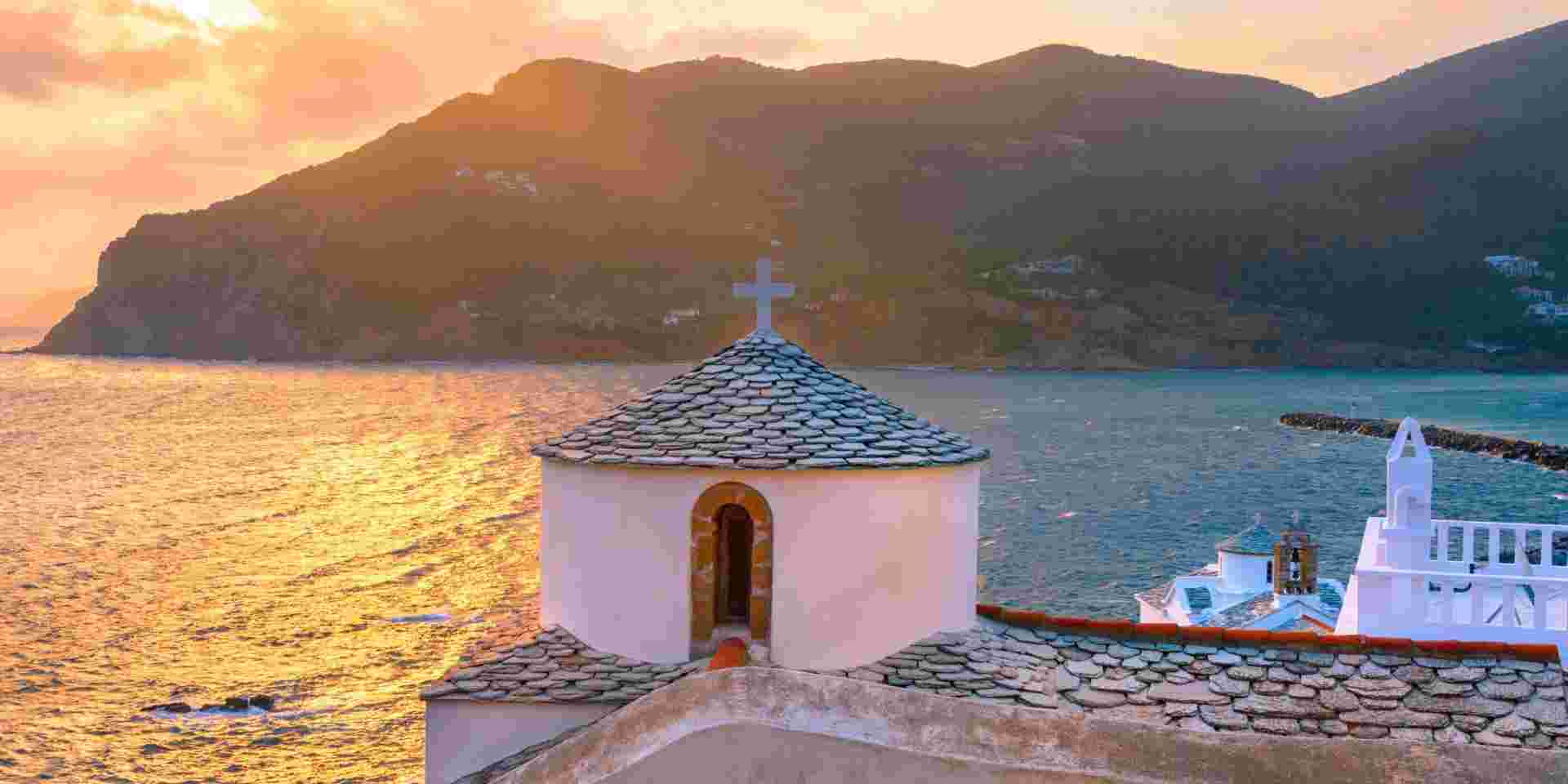
In this article, we will take you on a journey to 10 Greek Islands for Orthodox Easter.
Some of the most beautiful Easter experiences are on the Greek islands. From the famous jugs of Corfu to the unknown customs of Rhodes. See how they revive customs and traditions in popular Greek island destinations during the Easter period.

Corfu – Eptanisa
The processions of the Epitaphs of Good Friday in Corfu have a different color and follow a kind of ritual that makes the event more impressive. Τhe processions of the epitaphs come out in a certain order from each Temple and all intersect in the center of the city. On Easter Sunday in every Church, there is a procession of the Resurrection and the philharmonic orchestras, which have their honorary. Many are those who visit Corfu at Easter for the custom of Botides. With the signal of the first Resurrection at 12 pm, the people of Corfu throw huge jugs full of water from their balconies. The jugs are clay with a narrow mouth and two handles on the side for transporting them. The balconies are decorated and the residents tie red ribbons on their boots – red is the color of Corfu.
Rhodes – Dodecanese
On the days of Easter, Rhodes grafts its cosmic character with the necessary doses of intoxication. As early as Maundy Thursday, Kalafunos is lit, a great fire that must last at least until the Resurrection to burn the statue of Judas. The alleys of the Medieval City remain properly decorated throughout Holy Week and reach their most mysterious moment during the procession of the epitaph of Agios Fanourios. Traditionally, however, the largest epitaph, which gathers the most people, is the one that is decorated in the Municipal Cemetery of Rhodes, while the epitaph of Panagia Katholiki in the village of Kremasti is also very majestic. A special moment when during the first Resurrection on Saturday morning the faithful represent the sound of the collapse of Hades hitting loudly the thrones of the church.
Patmos – Dodecanese
One of the most special customs in Greece takes place on the morning of Maundy Thursday in the laurel decorated Patmos Town with the intoxicating aroma of the scattered lavender and the view of the sea to create the ideal setting for the Wash Ceremony and the representation of the Last Supper. For Resurrection in the Monastery, take a seat at least one and a half hours before “Christ is Risen”, since the inseparable prevails, while in the courtyard of the convent of the Annunciation, the Resurrection takes place without microphones and sparklers with the chants of the nuns.
Spetses – Saronic Island
Near Athens, easy, and definitely cosmopolitan, Spetses island over Easter has its own etiquette. Preparations on the island begin during Holy Week. They paint their doors and shutters, whitewash the pebble-cobbled streets, and they weed courtyards. Everything must be ready by Good Friday night when everyone gathers in Poseidon Square together with the Epitaphs from all the parishes of the island. Another classic meeting point is in the convent of Agios Pantos, in the midst of almost a funeral silence and the absence of fireworks. The cosmopolitan Dapia and the old port with the shipyards and the most popular restaurants and bars on the island will surely blow your mind, wherever you are, do not miss the spectacular burning of Judas on Sunday afternoon in Kounoupitsa.
Crete
On Good Friday morning and after the “Great Hours”, children of all ages take to the streets of the villages. They collect flowers from the courtyards of the houses and take them to the churches to decorate the Epitaphs. In the evening of the same day, the procession of the Epitaph takes place. Fireworks remained a staple of the day, not with crackers and flares but with improvised blacksmiths to create a strong bang they used older and large iron keys in which they placed match heads and then put a large nail in the key and tied them. with a thick thread and then hit it on walls in order to make a loud noise.

Chios – North Aegean Island
Pack your as you will witness a rocket war! The rocket war in Vrontados, a custom with roots in the Ottoman Empire, is revived every year on the night of the Resurrection, bringing the two groups that have “occupied” the churches of Agios Markos and Panagia Ereithiani face to face. If you do not want to be at the center of events, watch the spectacle from the Holy Monastery of Agios Makarios. This Monastery is on the slopes of Mount Aipos above Vrontados. Alternatively, in the beautiful Mesta, they traditionally hand over a statue of Judas to flames. This happens shortly after the resurrection of Christ. The procession of the Epitaph in the alleys of the well-preserved medieval village is particularly all-encompassing. You will make a passage through Chora anyway. However, immerse yourself in the charm of the old mansions of the verdant and fragrant plain.
Skiathos – Sporades
The green island of Skiathos with its awesome beaches is a great option to spend your Easter. Equally overnight is the Easter of the “Diva of the Sporades”, as it follows the Mount Athos ritual. This means that the Epitaph Sequence starts at 1 pm. The procession on the cobbled streets of Chora does not start earlier than 4 in the morning. Nonetheless, it has a very moving and all-encompassing character. An exception is the monastery of Evangelistria, where they celebrate the Resurrection earlier than usual. On Easter Monday, immediately after the morning service, traditional equestrian competitions are organized around the lake of Agios Georgios which is located near the homonymous chapel.
Tinos – Cyclades
As in the other islands, in Tinos, the procession of the epitaphs takes place on Good Friday and the Resurrection on the night of Holy Saturday. However, it is important to mention the festival of Panagia Lakkotiani. Panagia Lakkotiani takes place every year on the Sunday of Thomas in the village of Ysternia. They revive this special custom every year one week after Easter. The custom is also known as “Rosary”. People are used to exchanging a small bouquet of flowers called a rosary.
Folegandros – Cyclades
On Easter Sunday the Icon of the Virgin Mary in Folegandros begins its journey from the church of the Virgin Mary to Chora. In Punta square, the people who will accompany her welcome her with honor. They will go into all the streets and houses of the village. Locals and visitors have the opportunity to be treated and taste local Easter delicacies and drinks. This happens in all the houses that welcome the Icon. At sunset, the inhabitants of Ano Mera receive the Icon. Then, on foot, they transport it to the church of Agios Georgios, where it spends the night after the vespers.
Andros
The otherwise low-key Andros with the manorial aura proves to be particularly “noisy” on Easter days since here they fill the old cast-iron cannons with gunpowder and thunder in every direction. Note that the epitaphs of the parishes of Chora gather in Kairi square. The most classic meeting points are in the beautiful square of Afanous Naftis on Sunday morning after the Second Resurrection. A few hours later in the square of the village of Stenies. If in the meantime the smell of meat lingers around your nostrils, the cause will be Lampriatis. This is the traditional stuffed lamb of Andros which is cooked for 8-10 hours in a wood oven.
Let us help you design your island-hopping vacation to all the wonderful Greek islands of your choosing! With an expert travel designer by your side, you will have an experience of a lifetime!
Email us at hello@greeceinsiders.travel
or
Fill out a customized form here
Feeling Ready?
From our blog
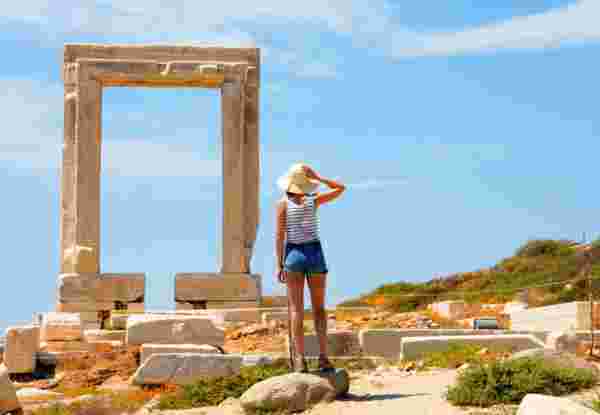
Honeymoon in Naxos: A Complete Guide
READ MORE
Visiting Athens with Kids: A helpful Guide
READ MORE
Paros for Seniors: Tips and Itinerary
READ MORE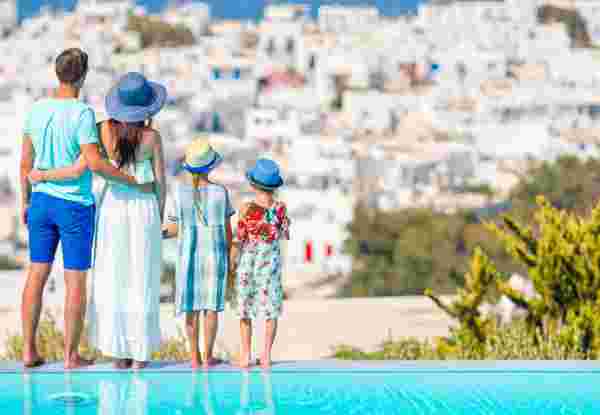
Best Resorts in Greece for Families: Your Ultimate 2025 Guide
READ MORE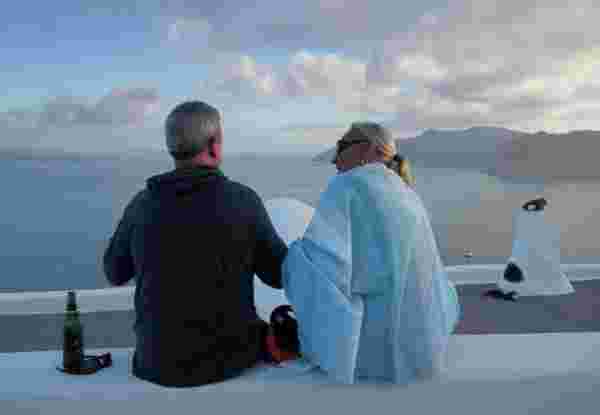
How to Enjoy Santorini for Seniors
READ MORE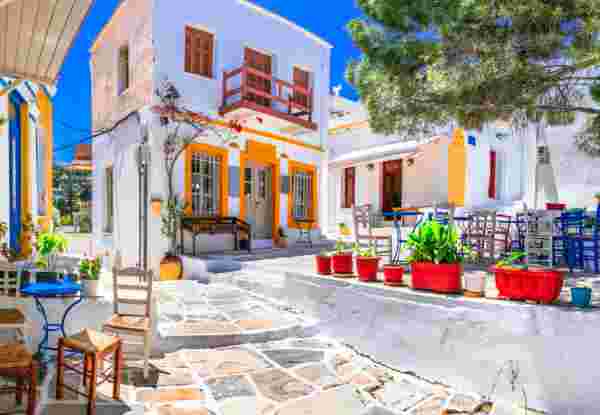
Honeymoon in Paros Island
READ MORE
Rome Travel Guide: What to Do, When to go and Where to Go
READ MORE
The Best Greek Islands for Couples, According to a Luxury DMC
READ MORE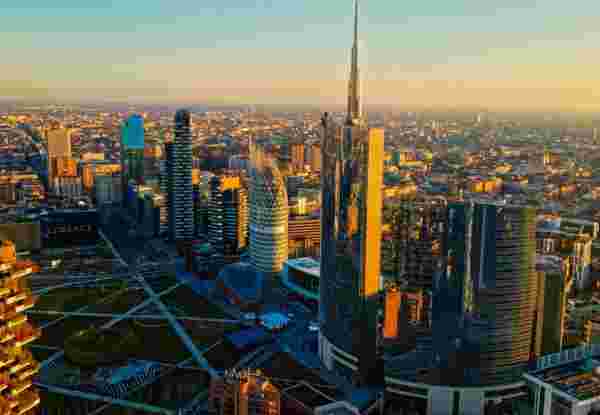
Discover Milan: Top Attractions
READ MORE